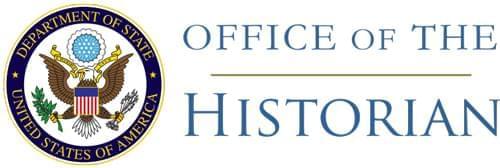358. Editorial Note
Negotiations for a Status of Forces Agreement concerning U.S. forces in the Republic of China had begun on August 2, 1955, and continued intermittently through the spring of 1957; for information, see Foreign Relations, 1955–1957, volume II, pages 607–610, and volume III, pages 282–283. At a negotiating meeting on August 12, 1958, the first formal session since March 1957, the Republic of China put forward a new draft agreement. Two accompanying notes proposed (1) understandings on implementation of the proposed agreement and (2) revision of the Mutual Defense Assistance Agreement of 1951 (for the text, see 2 UST 1499) in order to limit the number of MAAG personnel with diplomatic status. The texts of the draft and the notes were sent to the Department with despatch 67 from Taipei, August 15, 1958. (Department of State, Central Files, 793.5/8–1558)
On November 2, 1958, the Embassy gave the Foreign Ministry a U.S. proposal for an interim agreement to establish the status of U.S. personnel deployed to Taiwan during the Taiwan Strait crisis. On December 29, Minister Hsu Shao-chang of the Republic of China Embassy indicated to Director of the Office of Chinese Affairs Edwin W. Martin that his government preferred to resume the SOFA negotiations rather than to conclude an interim agreement. These and other developments were summarized in a letter of March 18, 1959, from Assistant Secretary of State for Far Eastern Affairs Walter S. Robertson to Assistant Secretary of Defense for International Security Affairs John N. Irwin II. (Ibid., 793.5/9–358; see Supplement)
On April 28, 1959, Minister Hsu raised the subject with Deputy Director of the Office of Chinese Affairs LaRue R. Lutkins. When Lutkins said the Department of Defense was reluctant to accept the GRC proposal on criminal jurisdiction, Hsu suggested reopening negotiations, taking up other issues, and leaving the question of jurisdiction to be discussed later. According to Lutkins’ memorandum of the conversation, Hsu “stated emphatically that the GRC could not possibly accept any proposal providing for exclusive United States jurisdiction and that this had been repeatedly made clear to United States negotiators in Taipei.” (Department of State, Central Files, 793.5/4–2859; see Supplement)
A new U.S. proposal for Article XIV on criminal jurisdiction was sent to the Embassy in Taipei with airgram A–122, March 29, 1960. (Department of State, Central Files, 793.5/3–2960) GRC counterdrafts of all articles except Article XIV were given to the Embassy on May 11 and transmitted with despatch 627, May 16, 1960. (Ibid., 611.937/5–1660) On July 23, Ambassador George K.C. Yeh raised the subject with Assistant Secretary of State J. Graham Parsons. Acting Director of the Office of Chinese Affairs Lutkins told Yeh that the Department of Defense was studying [Page 733] the GRC counterdrafts and that the GRC was still studying the U.S. proposal on jurisdiction. Yeh stated that he anticipated increasing pressure on the Executive Yuan from the legislative branch to limit the diplomatic immunity of MAAG personnel to relatively high-ranking members. (Memorandum of conversation by Lutkins; ibid., 793.5/7–2360; see Supplement) Circular airgram 4829 to Taipei, November 29, authorized the Embassy to begin article-by-article negotiation using the GRC counterdraft of May 11 as a basis for negotiation. (Department of State, Central Files, 611.937/11–2960)
